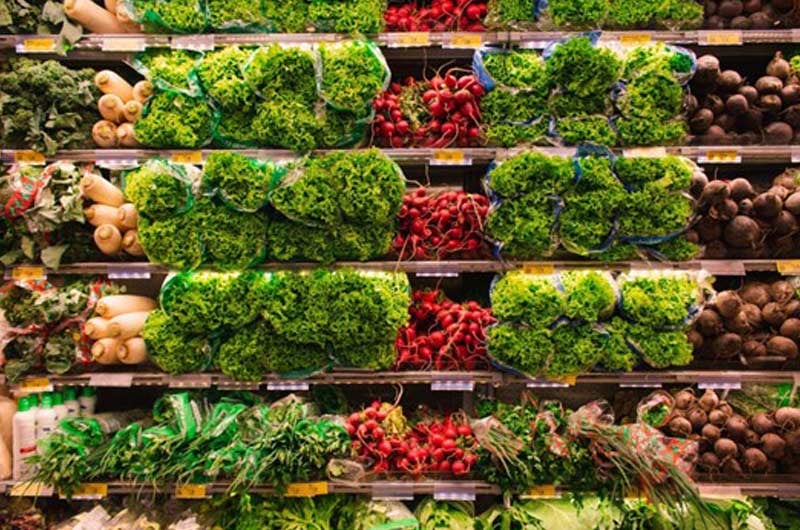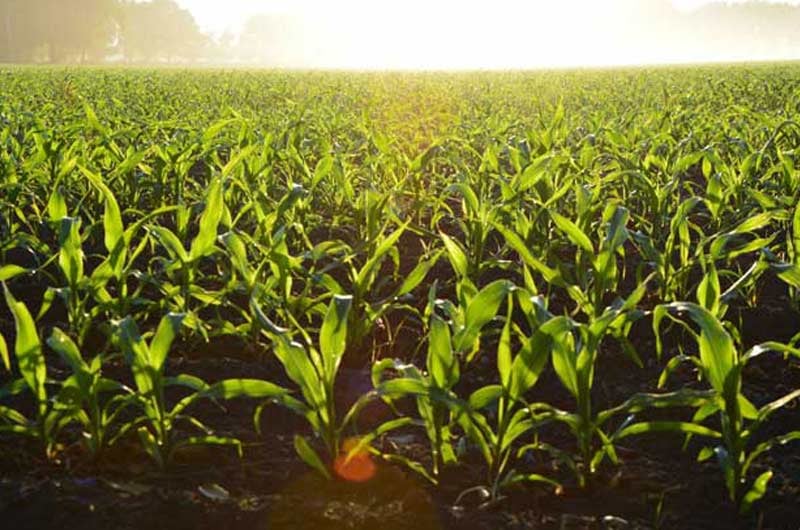Laica Blog
Food waste – how it impacts the environment
More than a third of the food produced worldwide goes to waste. Food waste is estimated at 1.4 billion tonnes and $800 billion.
Nevertheless, 850 million men, women and children currently suffer from malnutrition across 55 countries, while 150 million people are experiencing acute food insecurity, and 700 million people almost always go to bed with an empty stomach (WOIR estimates).
The areas of the world suffering most from hunger and famine are situated in Burkina Faso, north-eastern Nigeria, and South Sudan. In addition to these areas, another 20 countries are considered high-risk. If we compare the figures with those of the early 1990s, then the situation is slowly improving, but the solution to this problem is still a long way off. BCG (Boston Consulting Group) predicts that food waste will increase by 40% by 2030.

The UN has prioritised this issue in the 2030 Agenda; in fact, one of the goals is to halve per capita food waste and reduce food losses throughout the supply chain, which would also help reduce deforestation and greenhouse gas emissions and reduce temperature increases to below 2 °C.
In Italy, the Gadda law has greatly contributed to the fight against waste: it has regulated and simplified the donation of food and pharmaceutical products that are recovered and used to help those most in need.
Food waste – what it means
Definitions of food waste are numerous and often have different meanings. According to the European Commission, food waste is "any product discarded from the agri-food chain, which – for economic or aesthetic reasons, or because it is close to its expiry date, although still edible and therefore potentially intended for human consumption – is destined to be discarded or disposed of".
Food loss or food waste?
The FAO, on the other hand, makes a distinction between food loss and food waste. Food loss refers to the waste that occurs during production, while food waste refers to food discarded in the final part of the supply chain (distribution, sale and consumption). It goes without saying that while there is little we can do individually to reduce the impact of food loss, the level of food waste is very much dependent on each individual's consumption choices.
The consequences of food waste
Food wastage brings about a number of consequences that affect other areas. In fact, food waste has ethical and economic, as well as ecological, implications.
- Food wastage is a major contributor to global pollution: according to the World Organisation for International Relations (WOIR), food wastage is responsible for 4.8 billion tonnes of greenhouse gases emitted into the atmosphere and 180 billion cubic metres of water consumption.
- In addition to wasting food that is still edible, the resources to produce it (energy, water, land use, fuel, labour) are also wasted.
- On an economic level, about one trillion dollars in social, health and environmental costs caused by food waste must be added to the bill. For example, the cost of dealing with the adverse effects of exposure to pesticides (which are used unnecessarily to produce food that is then wasted), soil erosion and soil fertility, as well as the conflicts caused by the exploitation of resources in countries where these are scarce.
- The FAO estimates that around 1.4 million hectares of the world's arable land are used to produce food that will never be eaten (this is 28% of the earth's agricultural land area) and that this has a major impact on the loss of valuable biodiversity (already threatened by microplastic pollution).

Who is responsible for food waste?
Food waste is a global problem, but it has a different set of characteristics in different parts of the world.
First of all, there is a clear distinction between industrialised, high-income countries and low-income, developing countries. Low-income countries are responsible for 44% of waste, while high-income countries are responsible for 56%.
Food is wasted at every stage of the supply chain (production, consumer, processing, transport, sale, storage).
However, in low-income countries, waste occurs early in the food chain (30%) due to a lack of resources, technology and tools for optimal food production and storage.
In high-income countries, on the other hand, the 56% wasted is split into 35% generated by consumers and traders and 21% by all other stages.
It is clear that, in industrialised countries, the role of the consumer is crucial – there's no shortage of resources here, so it's important to focus on consumption habits and raising awareness among the general public.







It's your turn, leave your comment!
Get the latest from the Laica blog